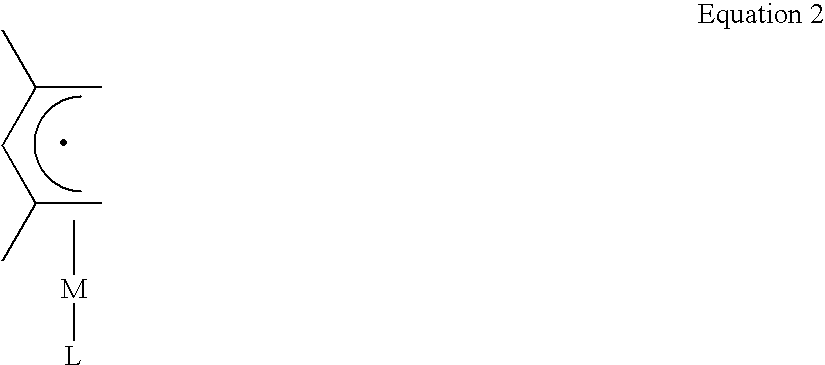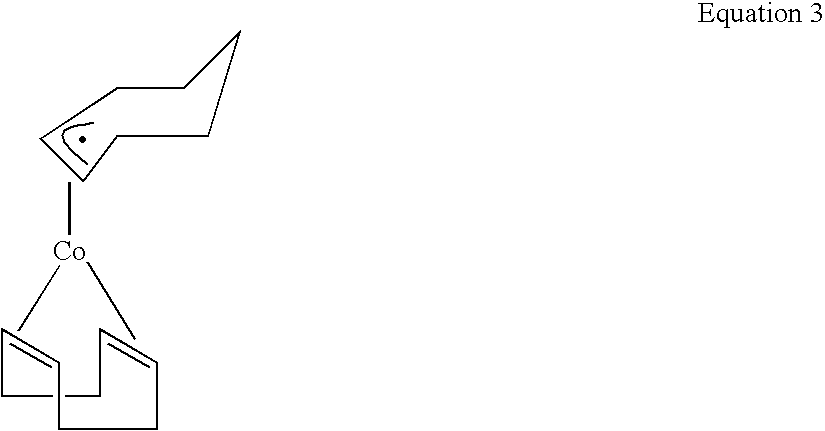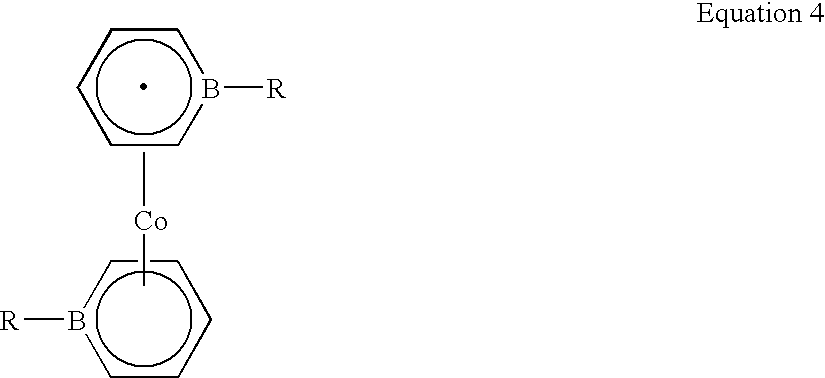Methods of selectively incorporating metals onto substrates
a metal and substrate technology, applied in the direction of catalyst activation/preparation, metal/metal-oxide/metal-hydroxide catalysts, natural mineral layered products, etc., can solve the problems of limited catalyst loading and yield, high cost of current catalyst materials, and limited useful life, etc., to achieve the effect of increasing the control of cost and performance of the final produ
- Summary
- Abstract
- Description
- Claims
- Application Information
AI Technical Summary
Benefits of technology
Problems solved by technology
Method used
Image
Examples
examples
[0055]The following examples illustrate various methods of making aerogel supported multi-metallic catalysts in accordance with the present invention. However, it is to be understood that the following are only exemplary or illustrative of the application of the principles of the present invention. Numerous modifications and alternative compositions, methods, and systems can be devised by those skilled in the art without departing from the spirit and scope of the present invention. The appended claims are intended to cover such modifications and arrangements. Thus, while the present invention has been described above with particularity, the following Examples provide further detail in connection with several specific embodiments of the invention.
[0056]Preparation of Multi-metallic Coated Substrates
[0057]The following illustrates an exemplary embodiment of the present invention. Metallocenes, open metallocenes, and Fe(C5H5)(2,4-C7H11) were prepared by published procedures. See “Organ...
PUM
| Property | Measurement | Unit |
|---|---|---|
| pore radii | aaaaa | aaaaa |
| pore radii | aaaaa | aaaaa |
| thickness | aaaaa | aaaaa |
Abstract
Description
Claims
Application Information
 Login to View More
Login to View More - R&D
- Intellectual Property
- Life Sciences
- Materials
- Tech Scout
- Unparalleled Data Quality
- Higher Quality Content
- 60% Fewer Hallucinations
Browse by: Latest US Patents, China's latest patents, Technical Efficacy Thesaurus, Application Domain, Technology Topic, Popular Technical Reports.
© 2025 PatSnap. All rights reserved.Legal|Privacy policy|Modern Slavery Act Transparency Statement|Sitemap|About US| Contact US: help@patsnap.com



